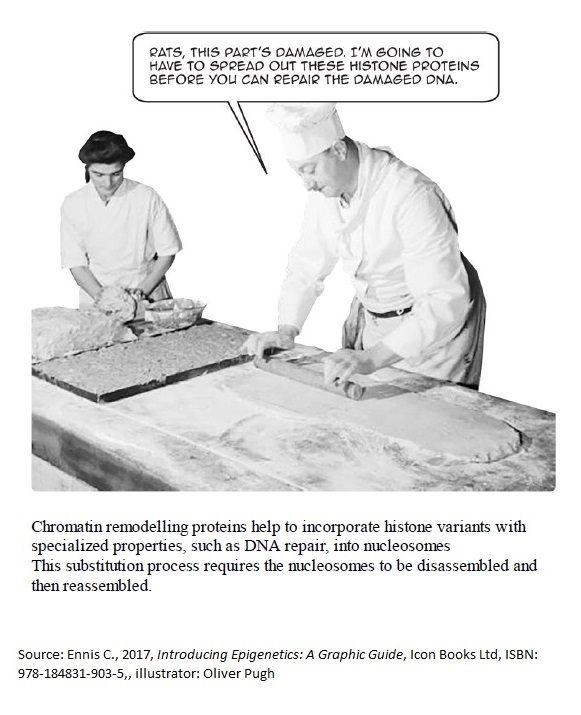Course sections
DNA methylation, Histone Modification (Rosita Gabbianelli)
DNA methylation is an epigenetic mechanism involving the transfer of a methyl group onto the C5 position of the cytosine to form 5-methylcytosine. DNA methylation regulates gene expression by recruiting proteins involved in gene repression or by inhibiting the binding of transcription factor(s) to DNA… DNA methylation is essential for silencing retroviral elements, regulating tissue-specific gene expression, genomic imprinting, and X chromosome inactivation. Prof Rosita Gabbianelli introduces us to the basic concepts in the field of Epigenetics and helps us better understand how DNA methylation works, what histone modification means as well as Acetylation or the reverse process and provides the Ariadne thread in the labyrinth of this new science.
The enzymes that establish, recognize and remove DNA methylation are broken into 3 classes: writers, erasers and readers. Writers are the enzymes that catalyze the addition of methyl groups onto cytosine residues. Erasers modify and remove the methyl group. Readers recognize and bind to methyl groups to influence gene expression… (Moore et al., 2013)

The readers are specialized domain containing proteins that identify and interpret those modification. They can be broadly classified into four groups: chromatin architectural proteins, chromatin remodeling enzymes, chromatin modifiers, and adaptor proteins that recruit other machinery involved in gene expression. chromatin architectural proteins, bind to nucleosomes and can either directly induce chromatin compaction or alternatively act as a shield to prevent the binding of proteins involved in RNA transcription. Chromatin remodeling enzymes prompt a more open chromatin architecture. Adaptor proteins recruit factors that are linked to DNA metabolism processes including transcription, DNA damage repair, DNA recombination, DNA replication and RNA processing. Finally, many other proteins that contain reader domains cannot directly influence chromatin architecture, but instead serve to recruit secondary chromatin modifiers to further modify chromatin or to reverse an existing chromatin modification.

Specific protein complexes, known as histone-modifying complexes catalyze addition or removal of various chemical elements on histones. These enzymatic modifications include acetylation, methylation, phosphorylation and uniquitination They affect the binding affinity between histones and DNA, and thus loosening or tightening the condensed DNA wrapped around histones, e.g., Methylation of specific lysine residues in H3 and H4 causes further condensation of DNA around histones, and thereby prevents binding of transcription factors to the DNA that lead to gene repression. On the contrary, histone acetylation relaxes chromatin condensation and exposes DNA for TF binding, leading to increased gene expression